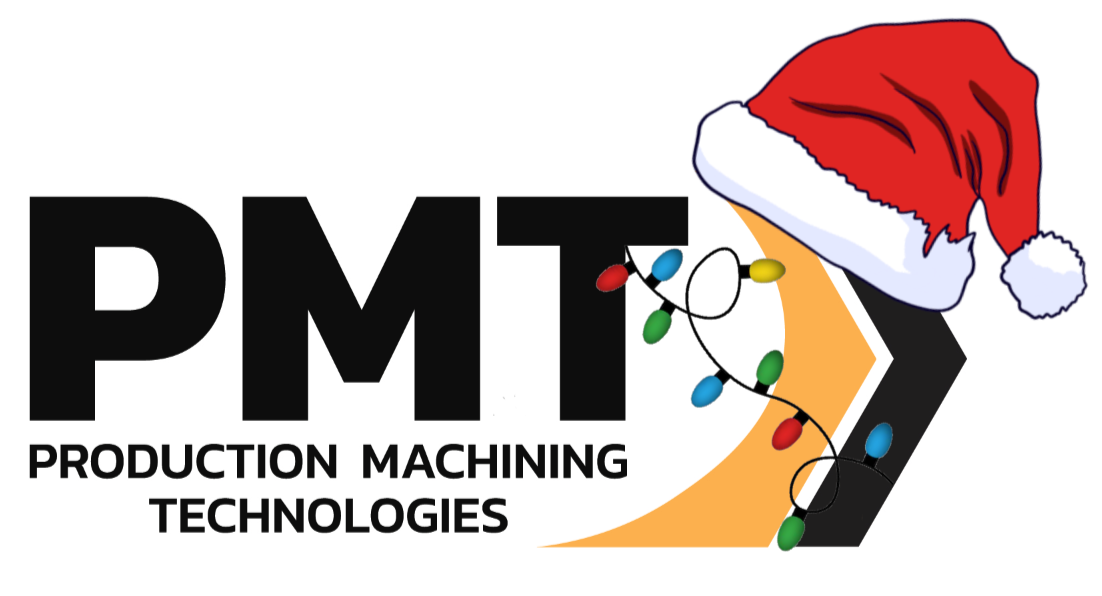Understanding the difference between CAD and CAM is crucial for professionals navigating the fields of engineering, architecture, and design. While these technologies often work in tandem, their roles and impacts on the workflow are distinctively different. This page aims to clarify these differences through a detailed exploration of their core functionalities, practical applications, and individual benefits, empowering you with the knowledge to leverage each tool effectively in your projects. Whether you're a seasoned expert or a curious newcomer, recognizing how CAD and CAM interact can significantly enhance your approach to design and manufacturing.
Exploring the Core Concepts: Difference Between CAD and CAM
When discussing the difference between CAD and CAM, it becomes essential to grasp each term's core essence and how it influences the production pipeline. CAD software focuses primarily on the design aspect of products—providing tools for creating detailed 2D or 3D models. These models act as blueprints which guide the subsequent manufacturing processes. CAD systems facilitate the creation, modification, analysis, or optimization of a design, enabling designers to draft precise dimensions and materials in a virtual environment. This level of detail ensures fewer errors when it comes time to manufacture the physical object.
On the other hand, CAM software takes the output from CAD programs and uses it to control machinery and automate the manufacturing process. The primary objective of CAM is to speed up production and increase precision by using detailed designs and turning them into a set of instructions that operate machines such as CNC mills, lathes, and routers. What distinguishes CAM in the CAD vs. CAM landscape is its ability to directly influence the operational effectiveness and efficiency of the manufacturing floor, ensuring a smoother transition from concept to physical form.
The synergy between CAD and CAM allows modern engineering tasks to be more streamlined and significantly more efficient. While CAD lets designers play around with ideas in a virtual space, CAM enables these ideas to become tangible products with impressive accuracy. The CAM and CAD difference underscores a fundamental shift from conceptualization to realization, highlighting the importance of both elements in digital manufacturing workflows. Understanding how these technologies complement each other can lead to optimal use of both, allowing projects to flow more fluidly from design to production.
Key Functionalities Unveiled: CAM and CAD Difference
Understanding the difference between CAD and CAM hinges significantly on appreciating their unique functions and how they interlink within the production process. CAD, which stands for Computer-Aided Design, offers a digital workspace where every tiny aspect of a product can be meticulously planned and modeled. This precision ensures that designs are robust, scalable, and ready for real-world application. It is the imaginative ground zero where ideas take a tangible shape before heading towards manifestation.
Meanwhile, CAM, or Computer-Aided Manufacturing, acts as the transformative bridge between CAD-generated models and their physical counterparts produced on the factory floor. This technology interprets CAD designs and translates them into actionable commands for automated machinery. These commands guide the equipment on how to precisely carve, mold, or construct the components designed via CAD. The integration of CAM systems significantly reduces manual intervention, cutting down on production time and error rates.
Together, these technologies form a powerful duo in the digital manufacturing sphere. The seamless interaction between CAD and CAM ensures that designs are not only perfect on a virtual level but are feasibly executable in a physical setting. The main cam and cad difference lies in their core objectives: CAD is about creating a flawless design, while CAM focuses on accurately executing that design. Grasping this interaction provides deeper insight into their essential roles in modern production environments, helping professionals make informed decisions about where to allocate resources for maximum efficiency.
Practical Applications and Benefits
In digital manufacturing, understanding the practical applications and benefits of recognizing the difference between CAD and CAM is invaluable. CAD systems provide designers and engineers with the tools necessary for detailed and precise design work. This precision is crucial in industries like aerospace, automotive, and electronics, where even the smallest error can lead to significant functional complications. By enabling the creation of complex geometries and intricate designs, CAD supports innovative solutions that push the boundaries of what can be manufactured.
On the other hand, CAM focuses on translating these detailed CAD designs into actual, tangible products. The real magic of CAM lies in its ability to optimize manufacturing processes. For instance, in sectors such as woodworking or metal fabrication, CAM software can dictate the most efficient way to cut materials and sequence operations to minimize waste and increase productivity. This optimization not only speeds up production but also enhances the quality of the final product by ensuring strict adherence to the design specifications set forth in the CAD phase.
The synergistic relationship between these two technologies creates a streamlined workflow from concept to production. For professionals in the field, this means that designs are not only ready to be realized but can be brought to life with exceptional accuracy and efficiency. Understanding the difference between CAM and CAD enables companies to reduce costs, accelerate time to market, and maintain a competitive edge in an increasingly complex industry. The distinct roles each technology plays articulate why an integrated approach is essential, marking a significant impact on project outcomes and overall business success.
It’s easy to see how CAD & CAM enhance each other, fostering improved results in any project. At PMT, we’re dedicated to making sure that businesses have access to tools that support this interplay effectively. That’s why we proudly sell and support ESPRIT CAM software, renowned for its efficiency and precision in turning CAD designs into physical realities. Additionally, our commitment extends beyond just providing software; we also offer comprehensive training services to ensure your team can leverage ESPRIT CAM software to its full potential. Jumpstarting your journey toward streamlined production with reliable tools and support is just a chat away, and we’re here to assist every step of the way.
